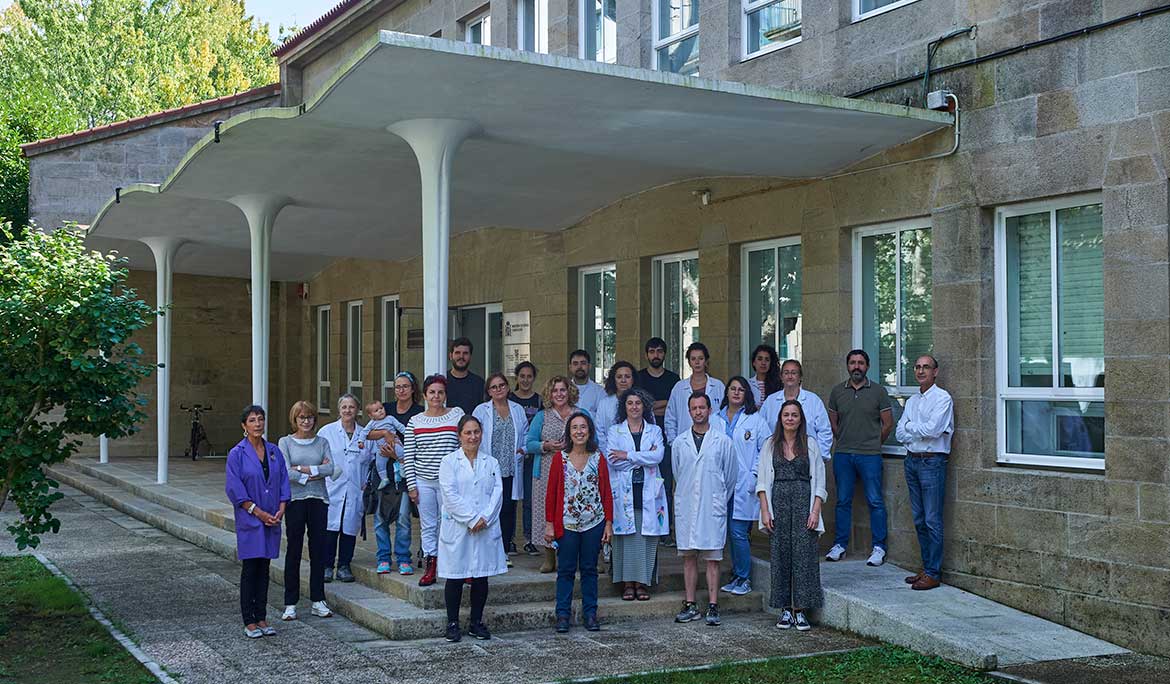Tipo de publicación:
Revistas indexadas en la Web of Science o en SCOPUS
Enlace a publicación:
https://doi.org/10.1186/s13104-025-07278-0
Abstract
The stem borer Sesamia nonagrioides and the fungus Fusarium verticillioides are frequently present in maize. However, their interaction with this crop and their effects on its physiology remain poorly understood. This study explores the combined impact of these two organisms on carbon composition and δ¹³C content in the stem pith. Eight genetically distinct maize lines (A239, A509, A630, A637, EP42, EP77, EP125, PB130) were subjected to four treatments: an untreated control (UC), infection by F. verticillioides (FV), attack by S. nonagrioides (SN), and infection by F. verticillioides and infestation by S. nonagrioides (FS). Results show moderate variation in δ¹³C values between UC genotypes (-12.6 to -13.1‰, with the exception of line EP77 at -13.8‰), with minor differences related to their inbred resistance to the insect and fungus. Insect infestation results in a noticeable reduction in δ¹³C (0.6‰), but this decrease is partially attenuated in plants previously colonized by the fungus, suggesting an influence of the fungus on the maize’s defensive response. In addition, the analysis of 13C isotopic composition and carbon signatures provide key elements for a better understanding of maize defence mechanisms. To our knowledge, this study is the first to explore the impact of Sesamia and Fusarium, and their interaction, on carbon metabolism in different maize genotypes.
